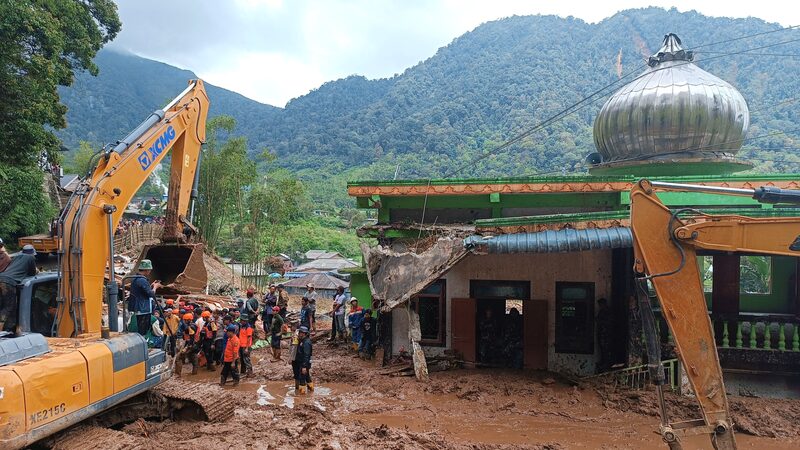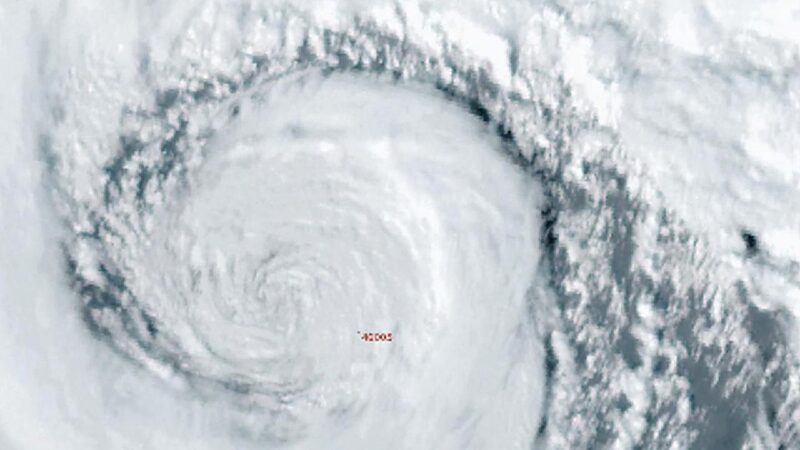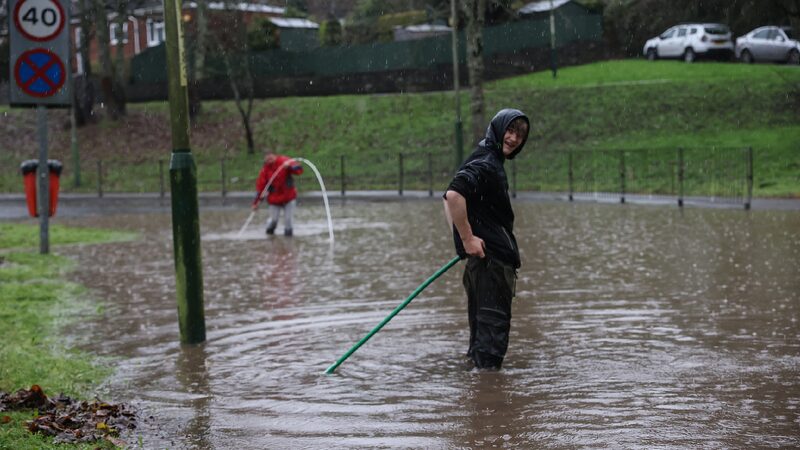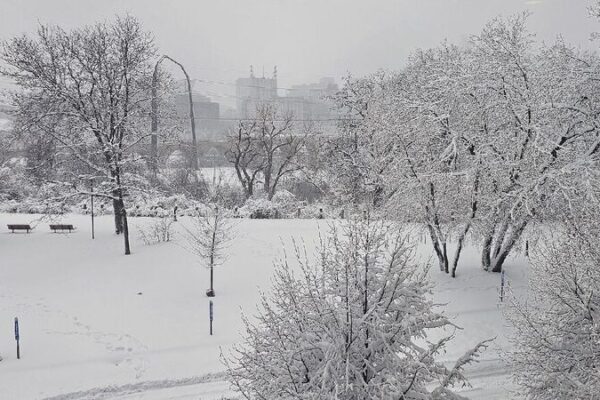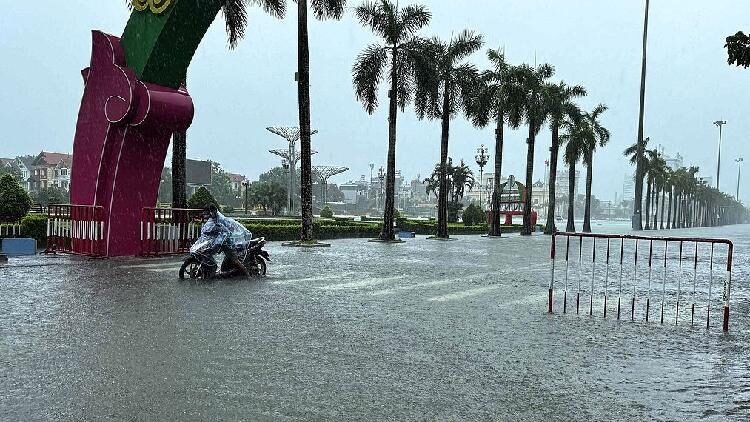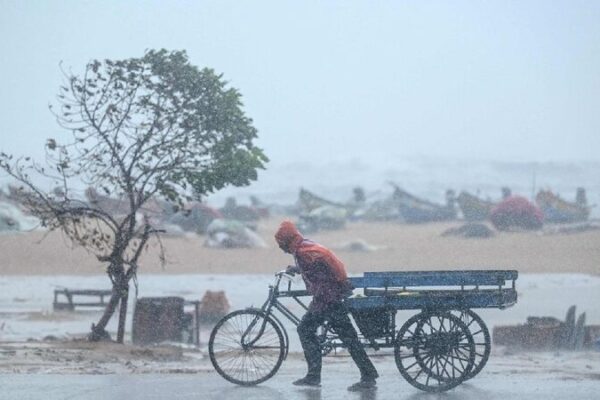A powerful storm has swept across Northern California, bringing heavy rains and snow that have caused floods, landslides, and widespread power outages. Streets in cities like San Francisco were flooded after downpours on Friday, while small landslides and overflowing rivers affected rural areas.
The storm, which originated in the Pacific Northwest earlier this week, has left tens of thousands of people without electricity, particularly in the Seattle area, where efforts are ongoing to restore power after several days in the dark. The severe weather has toppled trees, closed roads due to flooding, and prompted officials to issue warnings about flash floods and rockslides.
Meteorologists described this as the season’s strongest atmospheric river—an extensive plume of moisture from the ocean that carries heavy precipitation over land. Areas north of San Francisco were especially cautioned about potential natural hazards.
In Humboldt County, evacuation orders were downgraded after forecasts indicated moderate rather than severe flooding of the Eel River. However, residents have been urged to remain vigilant as the storm’s impacts continue. The iconic Highway 1, also known as the Pacific Coast Highway, was closed near the Garcia River in Mendocino County due to flooding, with no clear timeline for reopening.
Communities like Fitch Mountain in Sonoma County faced threats from mudslides, leading to concerns about the safety of homes situated on hillsides. In Washington state, over 138,000 people remained without power, with utility crews working tirelessly to clear debris and restore services.
Gale and high wind warnings were issued across parts of Northern California and Oregon. The National Weather Service reported wind gusts of up to 200 kilometers per hour at the top of Palisades Tahoe ski resort near Lake Tahoe, while Mount Rose experienced gusts up to 140 kilometers per hour, forcing closures.
This storm arrived on the West Coast as a ‘bomb cyclone,’ a rapidly intensifying system that has brought significant challenges to affected regions. Officials continue to warn about the risks of flash flooding, rockslides, and debris flows, particularly in areas where recent wildfires have destabilized the terrain.
Meanwhile, on the East Coast, another storm brought much-needed rain to drought-stricken areas of New York and New Jersey, easing fire dangers and helping ski resorts prepare for the upcoming season. Parts of West Virginia were under a blizzard warning, with heavy snowfall and high winds making travel hazardous.
As the storm progresses, communities are advised to stay informed and take necessary precautions to ensure safety.
Reference(s):
cgtn.com

